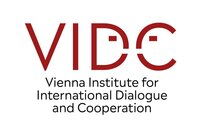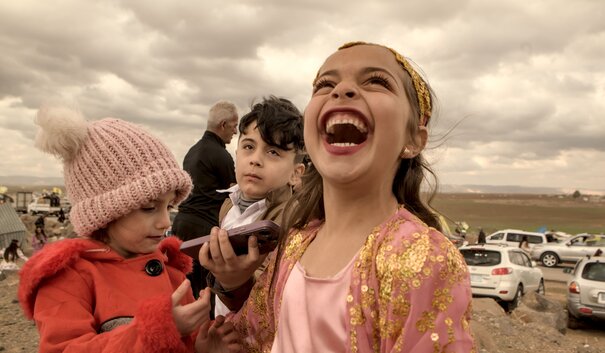(12 September 2025) This article examines decades of neglect and repression in Northeast Syria (NES), showing how denial of healthcare, statelessness, and cultural erasure entrenched marginalization. It also highlights local justice initiatives, arguing that true transitional justice must address both past exclusion and present struggles for dignity.
When my friend finally arrived in Qamishli, in the far Northeast of Syria, after a long journey from Damascus to visit me during Newroz, the first thing he said was, “People from Northeast Syria should have 50 years of free medical care as compensation for the more than 50 years they were forced to travel to Damascus for proper treatment.” His words, half-joke, half-bitter truth, captured the deep scars of neglect and inequality in this region.
For my family, the road to Damascus was never a choice; it was the only route to chemotherapy, radiation, and surgeries unavailable in our own cities. Even after 2011, despite war and shifting frontlines, the situation remained unchanged. A friend once told me, “I always hear people speaking in Kurdish when I visit a clinic in Damascus — aren’t there any doctors in the Kurdish areas?” Her question revealed that decades of deliberate and systematic neglect had left many patients from Northeast Syria with no option but to travel hundreds of kilometers for the most basic treatments.
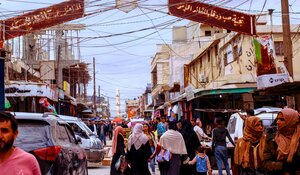
The denial of health services in NES is not an accident. It is part of a broader political strategy: a form of structural violence designed to keep the region dependent and disempowered. Despite being Syria’s breadbasket, the northeast, Hasakah, Deir Ezzor, Raqqa, and other rural areas were labeled as “developing areas,” a term that stigmatized these regions for their poor infrastructure, limited access to health and education, high poverty, and dependence on agriculture. Government employees who fell out of favor were often sent there as punishment, reinforcing both the perception and reality of exclusion. To be Kurdish in Syria meant living on the margins, denied not only political representation but also basic guarantees of welfare and dignity.
Statelessness, as if you did not exist
Medical injustice is only one face of a deeper denial of rights. In 1962, the Syrian government carried out a “special census” in the Hasakah governorate. Overnight, nearly 517,000 people lost their citizenship and became stateless according to a report published by Syrians for Truth and Justice in 2022, a status that persisted for many until 2011. These individuals were stripped of passports, barred from owning property, prevented from accessing higher education, and unable to register marriages or children under their own names. Statelessness meant living as if you didn’t exist, unable to claim even the minimum rights guaranteed to other citizens.
Education was another sphere of exclusion. The Kurdish language was banned from schools, with children forced to study only in Arabic. History textbooks erased Kurdish, Assyrian, and Armenian contributions to the country’s cultural fabric, replacing them with a narrative of Arab nationalism. As a result, generations grew up alienated from their own identities, internalizing the message that their culture and language were not legitimate or worthy of recognition.
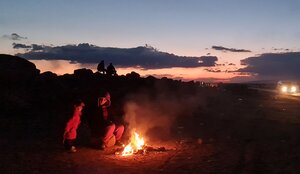
These policies were part of a larger strategy to weaken Kurdish claims to land and identity. Projects such as the Arab Belt, launched in the 1970s, forcibly displaced Kurdish farmers along the Turkish border and resettled Arab families in their place. Combined with statelessness, language repression, and underdevelopment, these measures created a layered system of dispossession.
Over-Surviving in a Cycle of Oppression
The denial of medical services and the production of statelessness were not isolated policies; they formed part of a broader cycle of oppression that Kurdish and other minority communities experienced across decades. Structural exclusion created long-term vulnerability, while successive regimes and armed actors deepened the wounds.
Under the Baʿth regime, Kurdish identity was systematically repressed. Villages were renamed to erase local heritage, Kurdish cultural expression was criminalized, and entire communities were displaced under demographic re-engineering projects. This was not governance but domination, embedding a sense of second-class existence that spanned generations.
After 2011, when parts of Syria fell under opposition control, opportunities for inclusive political renewal remained limited. Kurdish voices were often sidelined in national dialogues, with proposals for federalism or local autonomy dismissed as divisive. Even in the pursuit of a “new Syria,” pluralism was sacrificed for uniformity.
The rise of ISIS added yet another devastating layer. Entire communities, including Kurds, Yazidis, Christians, and Arabs, faced mass displacement, forced conversions, and targeted killings. Survivors in the decades neglected and attacked by ISIS areas were left to rebuild in conditions already shaped by a lack of development and political exclusion.
This sequence of repression, marginalization, and violence has produced what I describe as “over surviving”: enduring repeated violence without the time or means to recover from previous traumas. Each wave compounds the last, leaving scars that are not only personal but collective, embedded in the cultural, political, and social fabric of Northeast Syria.
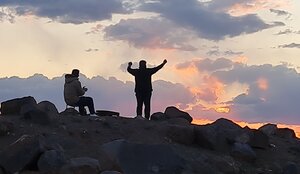
Local Experiments in Transitional Justice
And yet, in the aftermath of ISIS, Northeast Syria (NES) became a laboratory for new forms of justice. Peace and Consensus Committees, rooted in Kurdish and Arab traditions of mediation, now resolve most civil disputes locally. Women’s houses, cooperatives, and councils have made justice tangible in daily life, challenging patriarchal structures as much as political ones.
These structures are far from perfect. They face accusations of political interference, limited resources, and uneven application across communities. And yet, their very imperfections point to something important: justice in NES is not a blueprint copied from abroad, but a process that is both deeply local and constantly contested.
This matters because transitional justice in Syria is often imagined as something to be delivered by international tribunals or top-down agreements among elites. The NES experience shows another possibility — that justice can grow from the ground up, building on existing practices of mediation, reconciliation, and community trust. To recognize this is not to romanticize it, but to insist that meaningful justice cannot simply be imported wholesale from outside. It must be rooted in the lived traditions and realities of those who have endured the conflict.
Justice as Dignity
But even as these local structures take root, NES remains absent from national political talks. Transitional justice that only looks backward—at war crimes and atrocities—without addressing today’s ongoing exclusions risks becoming empty rhetoric. True justice cannot exist if those who have borne decades of neglect are once again denied a seat at the table. The transitional justice framework established by Decree No. 20 by the Syrian President, which created the National Commission for Transitional Justice, has raised concerns about inclusivity: many victims across Syria may be excluded from its processes, leaving their suffering unacknowledged and perpetuating existing inequities.
For my relatives, justice would mean not having to travel to Damascus for chemotherapy. For my neighbors, it would mean schools that respect their mother tongue. For the region’s minorities, it would mean recognition of their histories and protection of their rights.
If 50 years of free medical care is impossible, then perhaps we should imagine 50 years of free dignity — where every Syrian, whether Kurdish, Arab, Assyrian, or Armenian, has equal access to health, education, and political representation. Only then can Syria move from survival to life.
Seen from this perspective, the absence of cancer treatment centers in NES is not just a health gap. It is the clearest symptom of decades of deliberate marginalization: an attempt to keep the region dependent, disempowered, and invisible. Justice in this context cannot be limited to prosecuting war crimes or compensating individual victims. It requires acknowledging how state policies systematically impoverished and erased communities, robbing them not just of land or livelihoods, but of recognition, representation, and the right to live with dignity.
